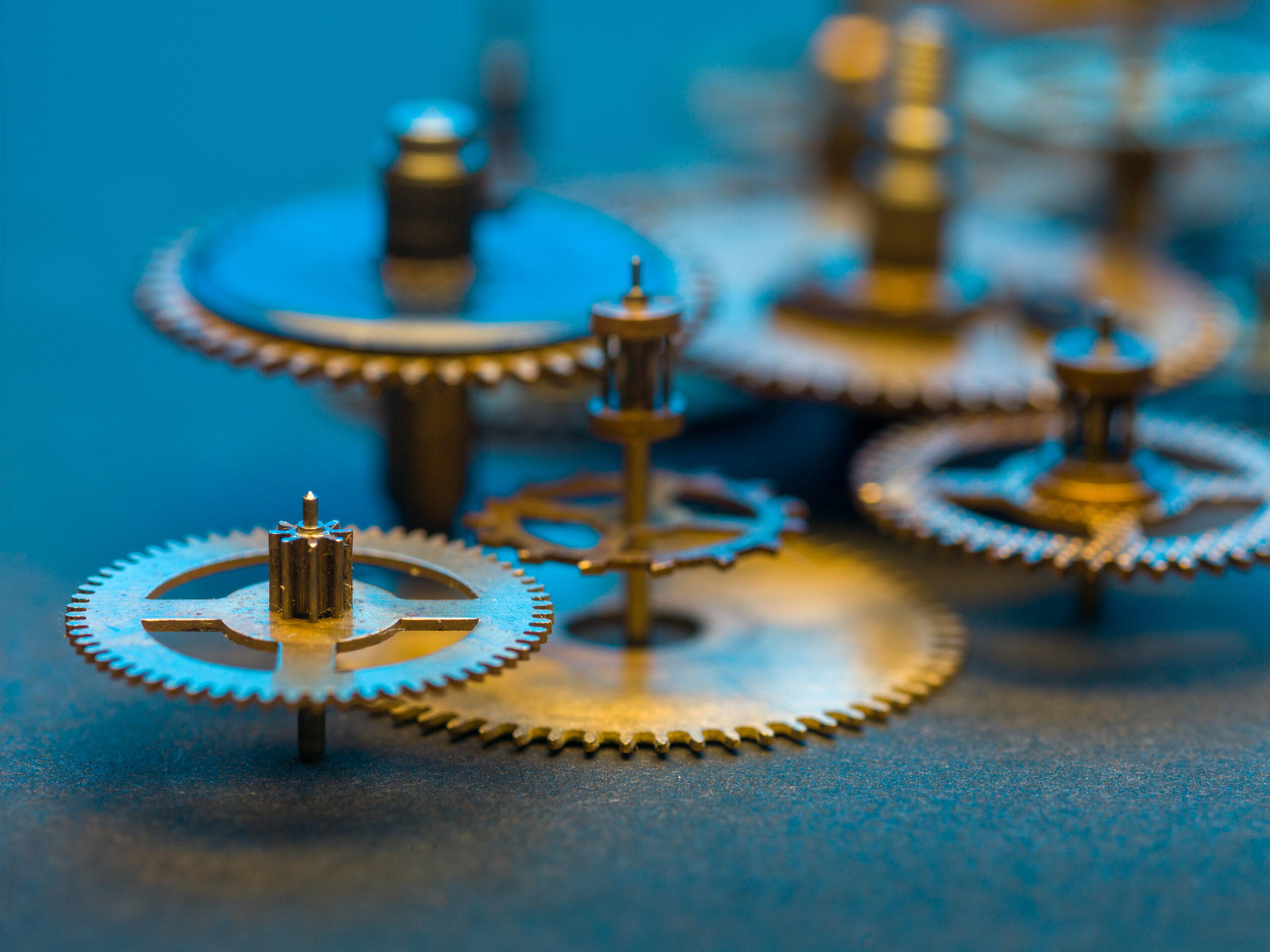When you think about gears in machines, imagine a basic set of cogs turning each other in a straight line. However, in more complex systems, such as car transmissions or jet engines, a more efficient mechanism comes into play: the epicyclic gear train.
Also known as a planetary gear system, this unique setup offers power, versatility, and space-saving efficiency in one compact package.
In this blog, we will break down what an epicyclic gear train is, how it works, what it’s made of, and why engineers rely on it so often.
What Exactly Is an Epicyclic Gear Train?
An epicyclic gear train is a gear mechanism where one or more gears (called planet gears) rotate around a central gear (called the sun gear), much like planets orbiting the sun —hence the “planetary” system. It features a smart, circular gear setup that enables multiple input-output combinations, providing both speed control and torque enhancement in a single, compact unit.
This makes it ideal for machines where space is limited but performance can’t be compromised.
Key Components of an Epicyclic Gear Train
Let’s break down the main parts that make up an epicyclic gear train:
- Sun Gear: The central gear, typically the input gear. It drives the rest of the system and is located at the center.
- Planet Gears: These are smaller gears that rotate around the sun gear. They are typically mounted on a planet carrier and mesh with both the sun gear and the outer ring.
- Planet Carrier: This holds the planet gears in place and rotates along with them. It can act as the output or be fixed depending on the setup.
- Ring Gear(Annulus): This outer gear has teeth on its inner surface and encircles the planet gears. It often serves as the output or is held stationary.
How Do Epicyclic Gear Trains Work?
The beauty of the epicyclic gear train lies in its flexibility. By fixing one part and using another as the input, you can control whether the system increases torque, reduces speed, or reverses direction. For example:
- If the ring gear is fixed and power is applied to the sun gear, the planet carrier can deliver reduced speed and increased torque.
- If the sun gear is held and the ring gear receives input, the system can deliver increased speed at the output.
This level of control and adaptability is why these gear trains are often used in vehicles, turbines and precision tools.
Advantages: Why Use an Epicyclic Gear Train?
- Space-Saving Design: Since all the gears are arranged in a circle and work on a shared axis, these systems occupy significantly less space than traditional gear arrangements.
- High Torque Output: By spreading the load across multiple planetary gears, the system can transmit more torque without requiring large gear sizes.
- Flexible Speed and Direction: You can tweak input and output points to get the speed or direction you want — a must-have feature in modern machinery.
- Even Load Distribution: With multiple planet gears in operation, the force is evenly distributed, reducing wear and extending the system’s lifespan.
- Smooth and Quiet Operation: Since the load is balanced and the gears are always in contact, these gear trains operate quietly and smoothly, making them ideal for sensitive applications.
- Multi-Directional Use: They work well in both forward and reverse modes, adding another layer of versatility to your design.
Where Are Epicyclic Gear Trains Used?
The epicyclic gear train isn’t just a concept from textbooks. It’s a vital component in real-world systems like:
- Automatic Transmissions in Cars: They enable smooth gear shifting without requiring a manual clutch.
- Aerospace and Helicopters: Used for their compact size and high torque capabilities in tight, demanding environments.
- Electric Vehicles (EVs): Help manage power efficiently from motors to wheels.
- Wind Turbines: Convert slow-moving wind energy into high-speed rotations for generators.
- Industrial Robots and Machinery: Ensures precision control and reliability.
Conclusion
The epicyclic gear train is a perfect example of smart engineering — it’s compact, powerful, and incredibly adaptable. Whether you’re working with a small robotic arm or a high-performance vehicle, this gear system provides the efficiency and flexibility required in modern mechanical design.
By understanding how it works and where it can be applied, engineers and enthusiasts alike can better appreciate why the epicyclic gear train remains a go-to solution in the world of gear mechanisms.
